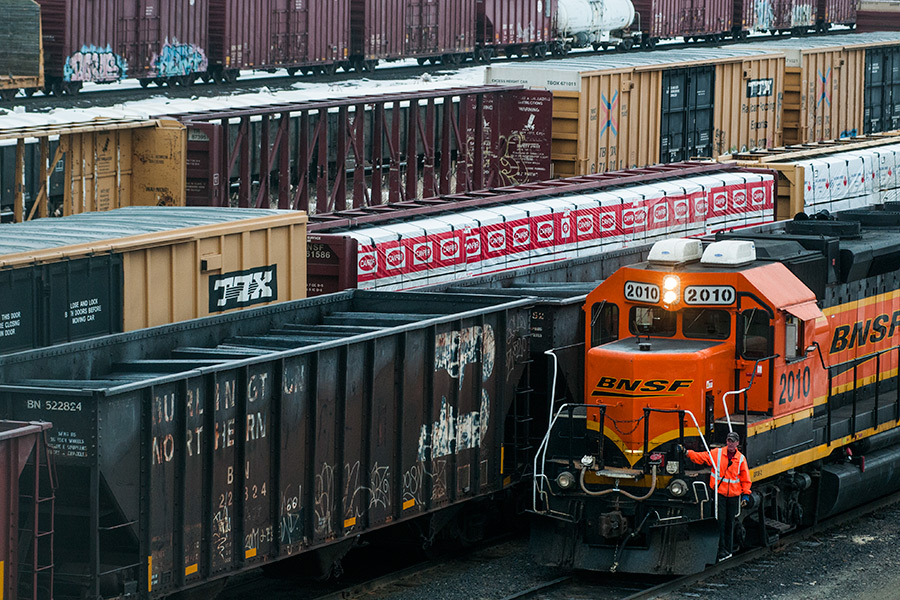Across the United States, unused locomotives and rail cars are being put into storage as a sluggish economy and drastic drops in coal and oil production have squeezed the nation’s railroads.
During the second week of May, freight loads were down 9.2 percent compared to the same week the previous year, according to the Association of American Railroads.
Coal and petroleum products, which for years have been the industry’s bread and butter, have dropped more than any other commodity; coal was down 30 percent and petroleum was down 19 percent, when compared to May 2015. Meanwhile, crude oil shipments plummeted by 44 percent during the first quarter compared to a year ago, when 12 to 18 oil trains would traverse the Flathead Valley every week.
In January, the Wall Street Journal reported that executives at some of the nation’s largest railroads were worried about “recession-like pressures” on the industry. BNSF Railway, which owns 1,900 miles of track in Montana, reported a 25 percent drop in profits during the first quarter of 2016, the lowest in two years.
“Rail volumes are being impacted by a challenging economy,” said BNSF Spokesperson Ross Lane.
![]()
Because of those losses, BNSF has furloughed 4,500 employees across its 32,000-mile system that stretches across the western half of the country. BNSF is not the only railroad that has laid off employees. According to Bureau of Labor Statistics, there were more than 247,000 people employed in the rail industry in April 2015, but last month it had dropped by 32,000 to about 215,600 people.
“Our workforce needs are driven by our customers’ freight transportation needs,” Lane said. “With customer volumes in the near term down from prior estimates, we have had to adjust our workforce demand numbers down to match volume and the work required to move that volume. As part of that, unfortunately, we have had to temporarily furlough some of our employees at different locations across our network.”
Lane added that the railroad hopes many of those employees will be called back to service as rail traffic improves.
Railroad consultant Lawrence Gross said some of the freight lost in recent months would eventually come back to the rails, but other commodities, like coal, may never return to previous levels.
While coal trains rarely travel through the Flathead Valley, the decline in coal production is having a big impact on Missoula-based Montana Rail Link, which operates from Billings to Spokane, Washington. Earlier this month, railroad spokesperson Jim Lewis said coal shipments were down across Montana Rail Link by 35 percent. Because of that, the railroad furloughed 36 employees in Missoula, Helena, Livingston and Laurel.
This year’s downturn in rail traffic follows a period of big freight gains in 2013 and 2014. Among the top performing commodities was crude oil, fueled by the North Dakota oil boom. In 2008, America’s railroads moved just 9,500 carloads of crude oil but five years later it topped a half-million carloads.
